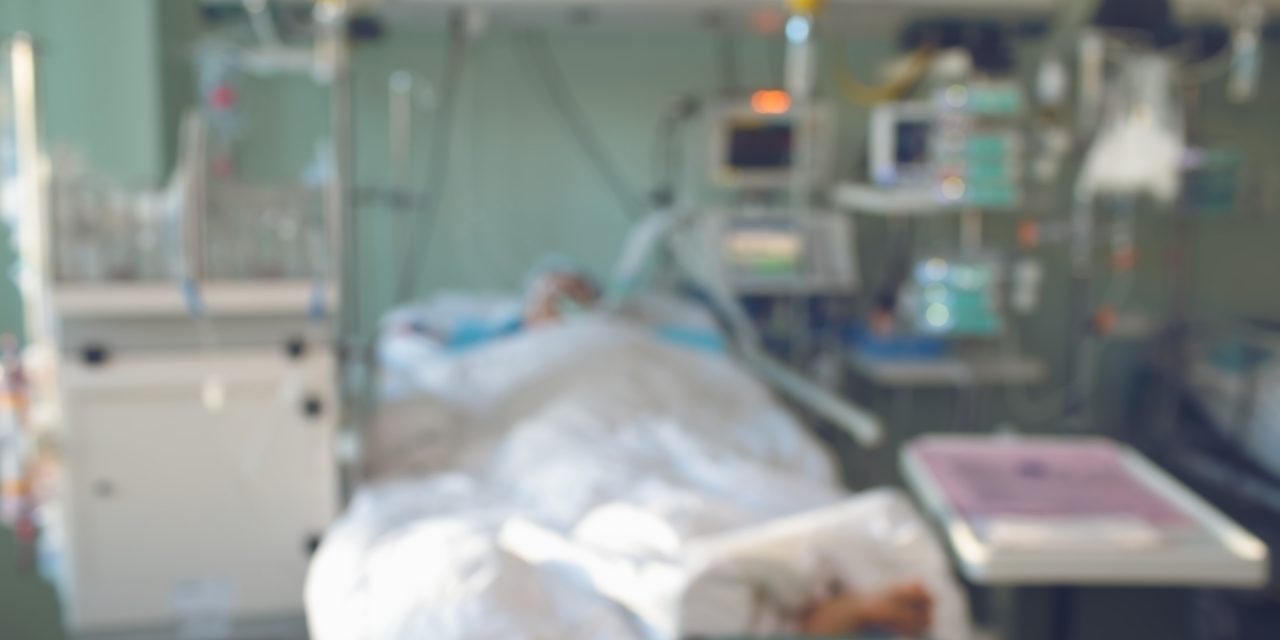Traumatic brain injury and stroke result in hemiplegia, hemiparesis, and asymmetry in posture. The effects are mostly contralateral; however, ipsilesional deficits may also develop. We here examined whether ablation brain injury and controlled cortical impact (CCI), a rat model of clinical focal traumatic brain injury, both centered over the left or right sensorimotor cortex, induced hindlimb postural asymmetry (HL-PA) with contralesional or ipsilesional limb flexion. The contralesional hindlimb was flexed after left or right side ablation injury. In contrast, both the left and right CCI unexpectedly produced HL-PA with flexion on left side. The flexion persisted after complete spinal cord transection suggesting that CCI triggered neuroplastic processes in lumbar neural circuits enabling asymmetric muscle contraction. Left limb flexion was exhibited under pentobarbital anesthesia. However, under ketamine anesthesia, the body of the left and right CCI rats bent laterally in the coronal plane to the ipsilesional side suggesting that the left and right injury engaged mirror-symmetrical motor pathways. Thus, the effects of the left and right CCI on HL-PA were not mirror-symmetrical in contrast to those of the ablation brain injury, and to the left and right CCI produced body bending. Ipsilateral effects of the left CCI on HL-PA may be mediated by a lateralized motor pathway that is not affected by the left ablation injury. Alternatively, the left-side-specific neurohormonal mechanism that signals from injured brain to spinal cord may be activated by both the left and right CCI but not by ablation injury.
Unilateral traumatic brain injury of the left and right hemisphere produces the left hindlimb response in rats.


